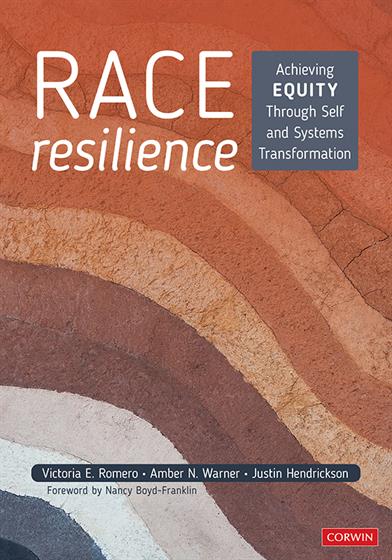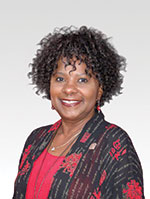Hands-on, Practical Guidance for Educators
From math,
literacy, science, equity, multilingual learners, and SEL, to assessment, school counseling,
and education leadership, our books are research-based and authored by experts
on topics most relevant to what educators are facing today.

Race Resilience
Achieving Equity Through Self and Systems Transformation
Foreword by Nancy Boyd-Franklin
Race Resilience offers guidance to educators who are ready to rethink, review, and redesign their support systems and foster the building blocks of resiliency for staff.
Product Details
- Grade Level: PreK-12
- ISBN: 9781071833063
- Published By: Corwin
- Year: 2021
- Page Count: 224
- Publication date: September 29, 2021
Review Copies
Review copies may be requested by individuals planning to purchase 10 or more copies for a team or considering a book for adoption in a higher ed course. Request review copy




